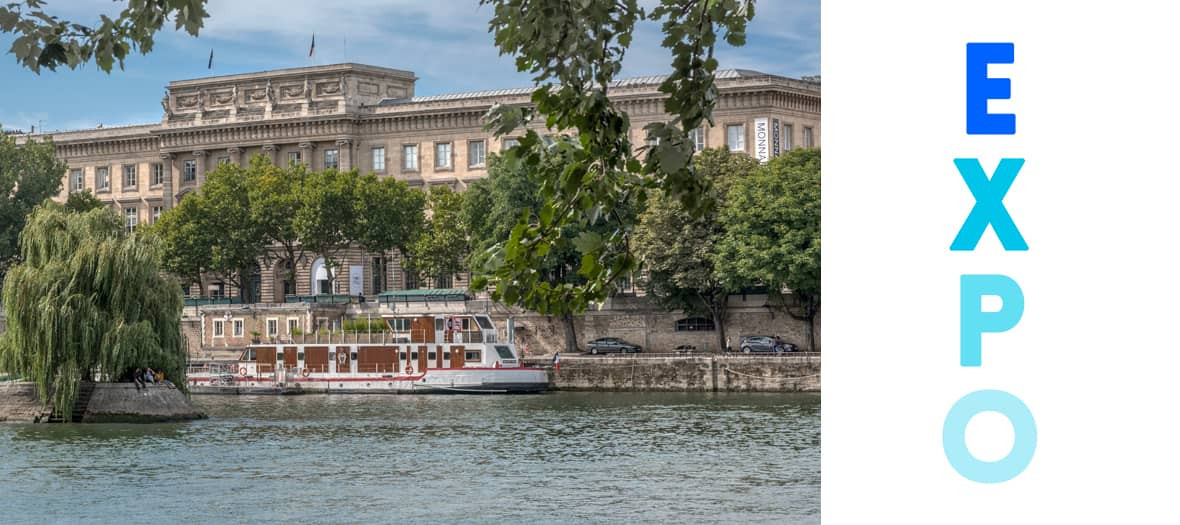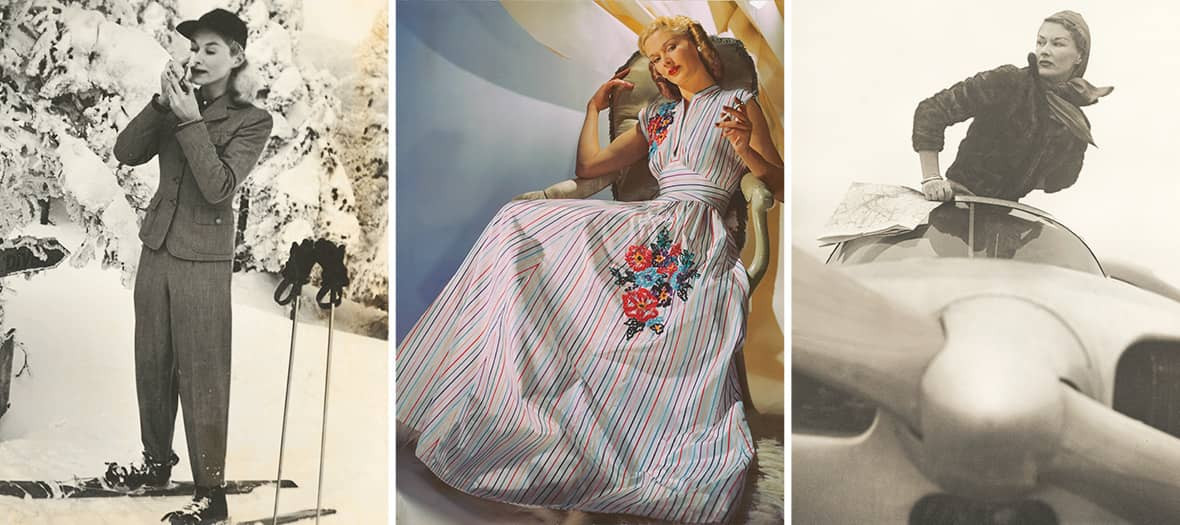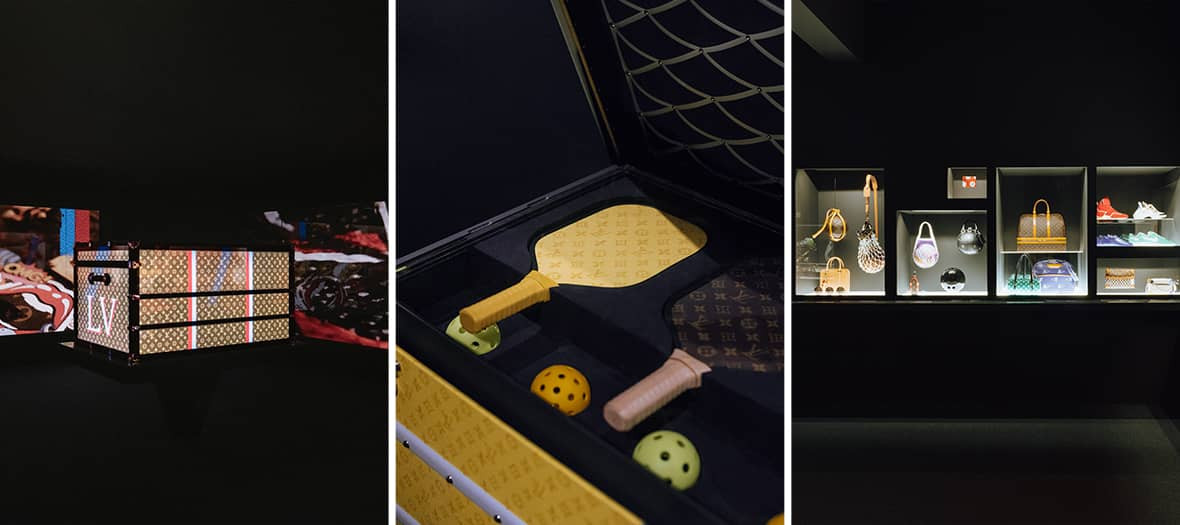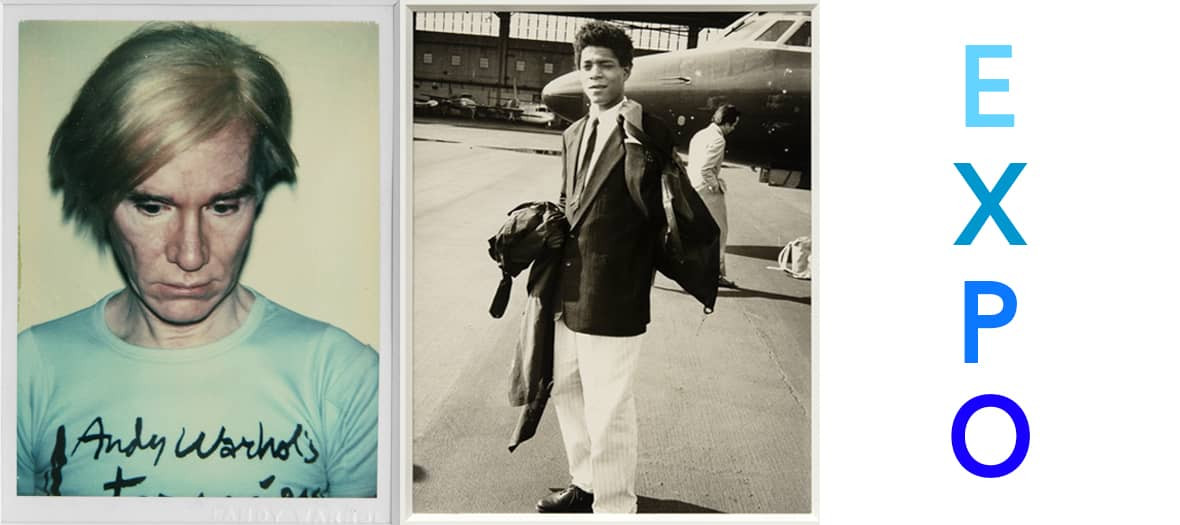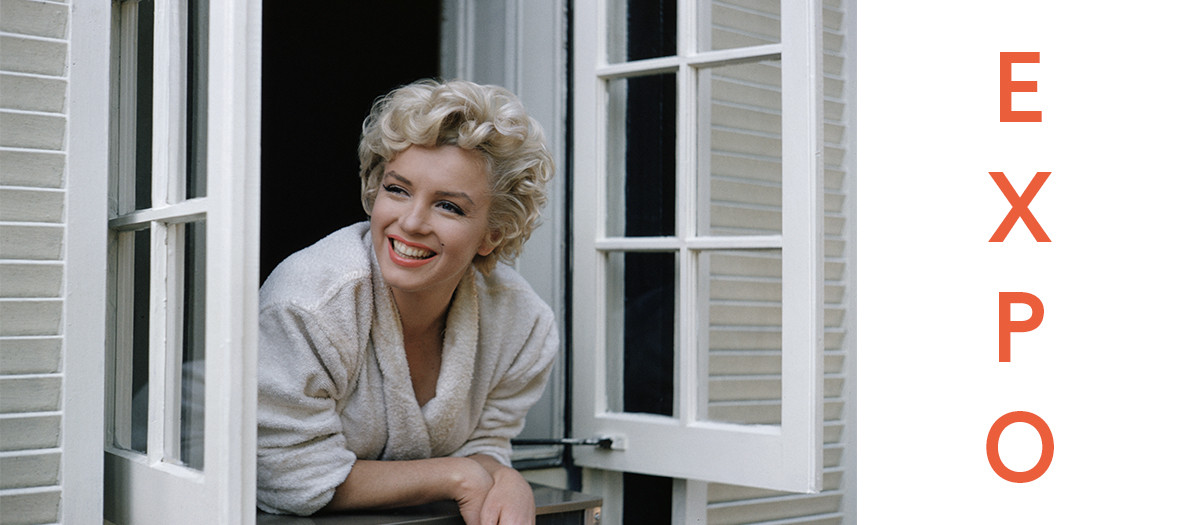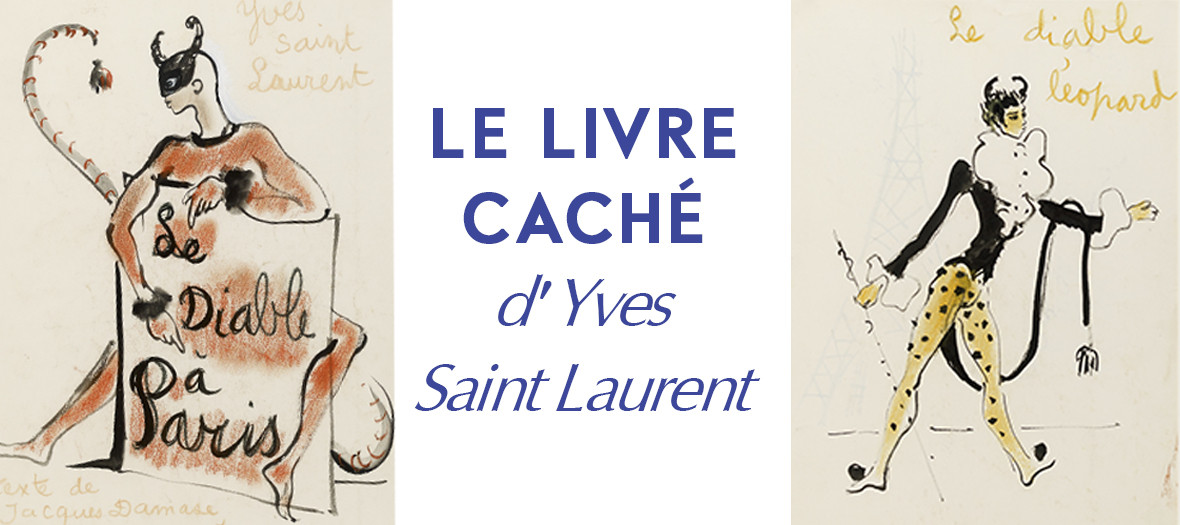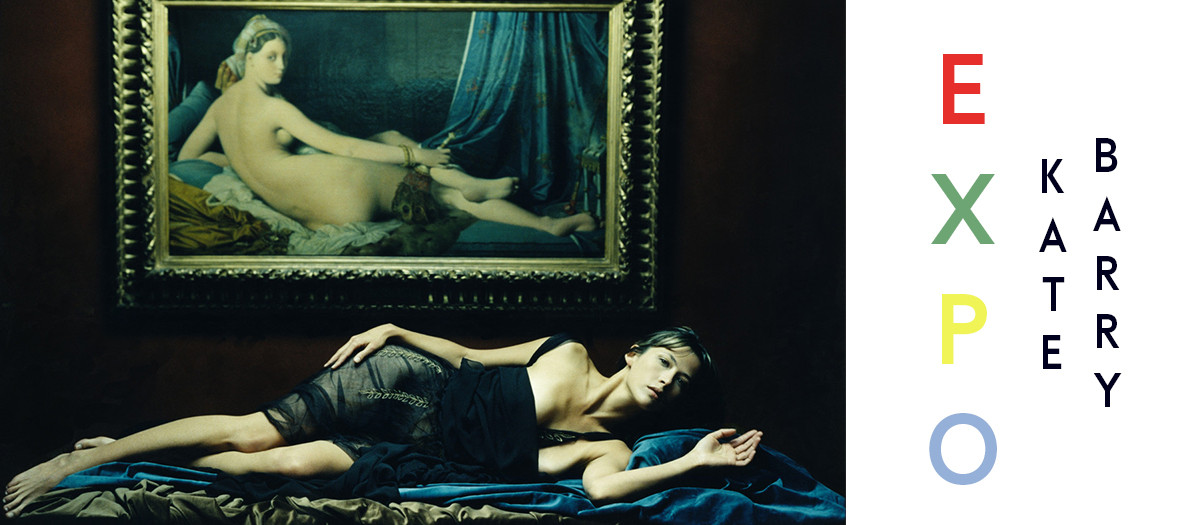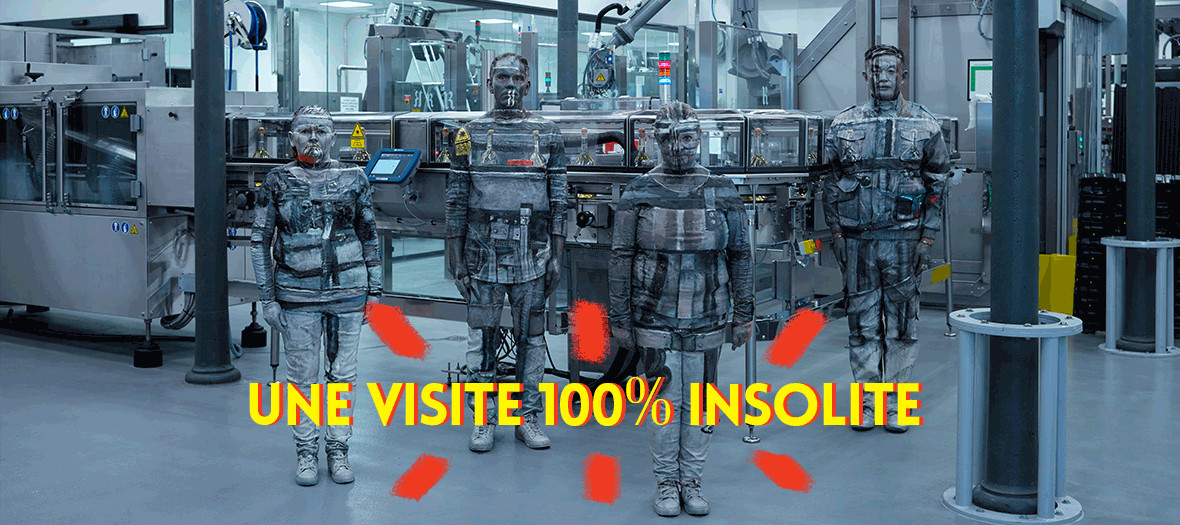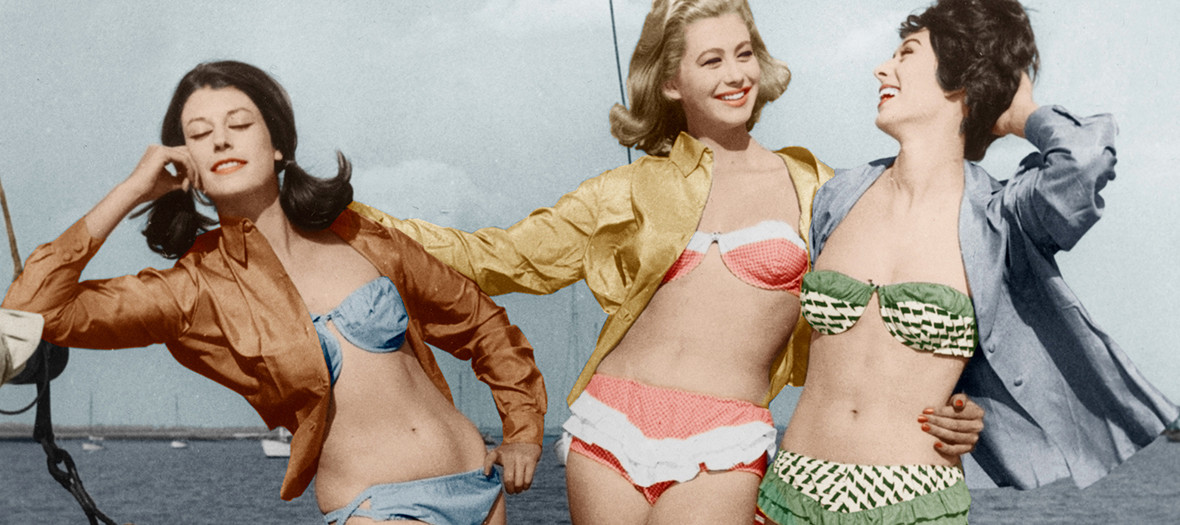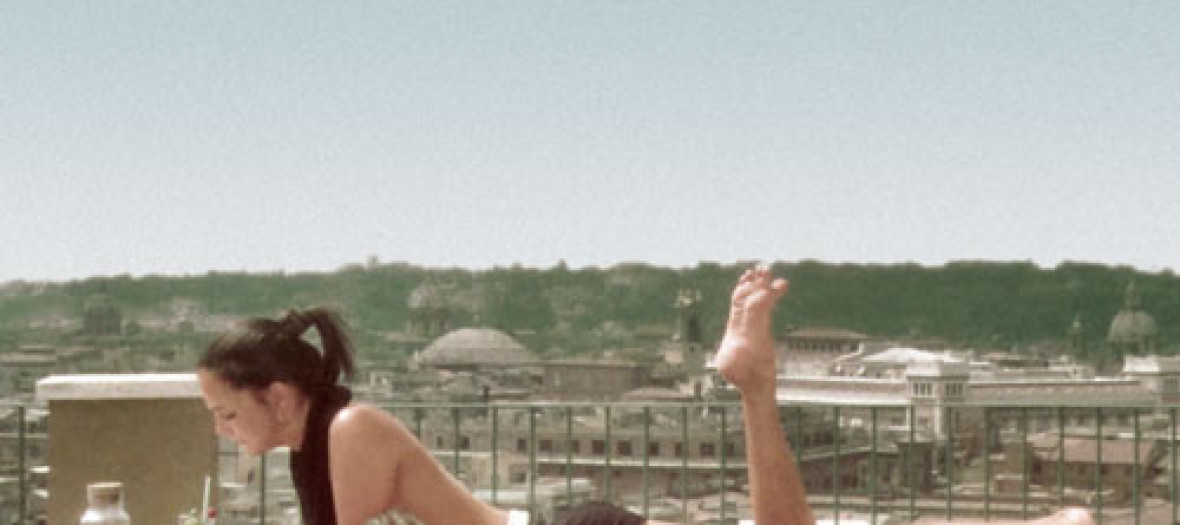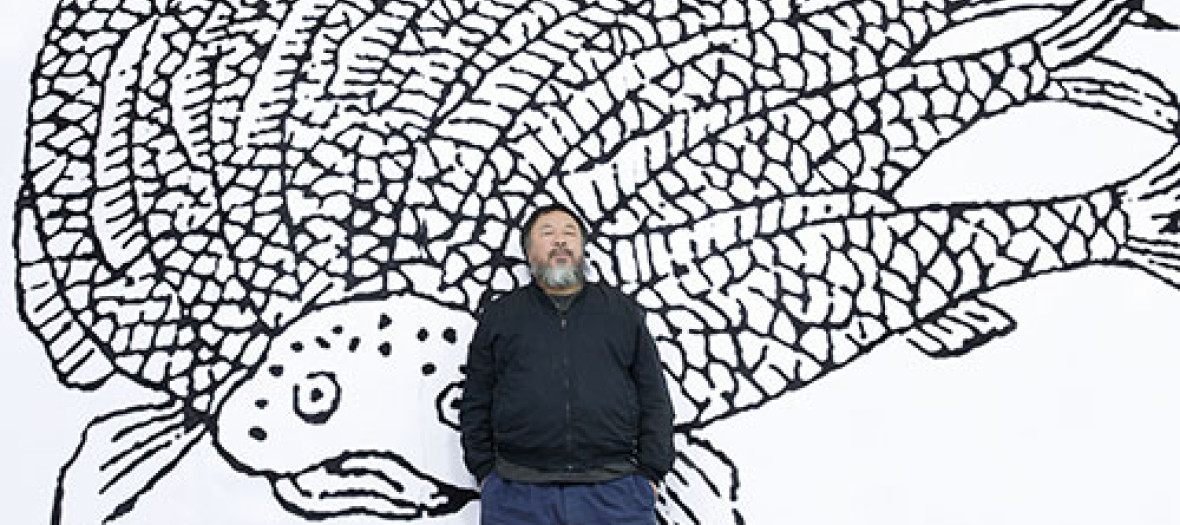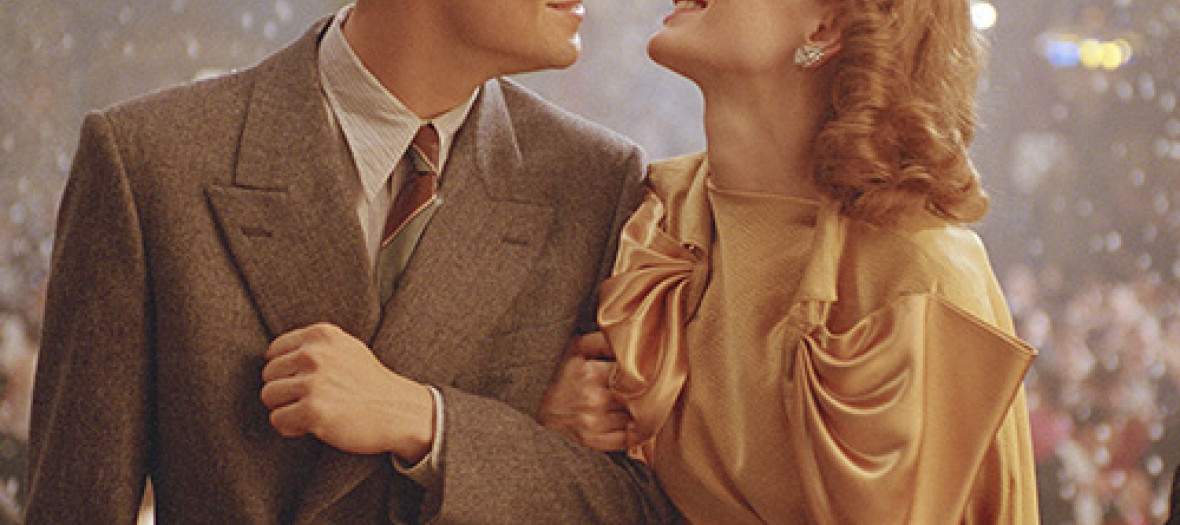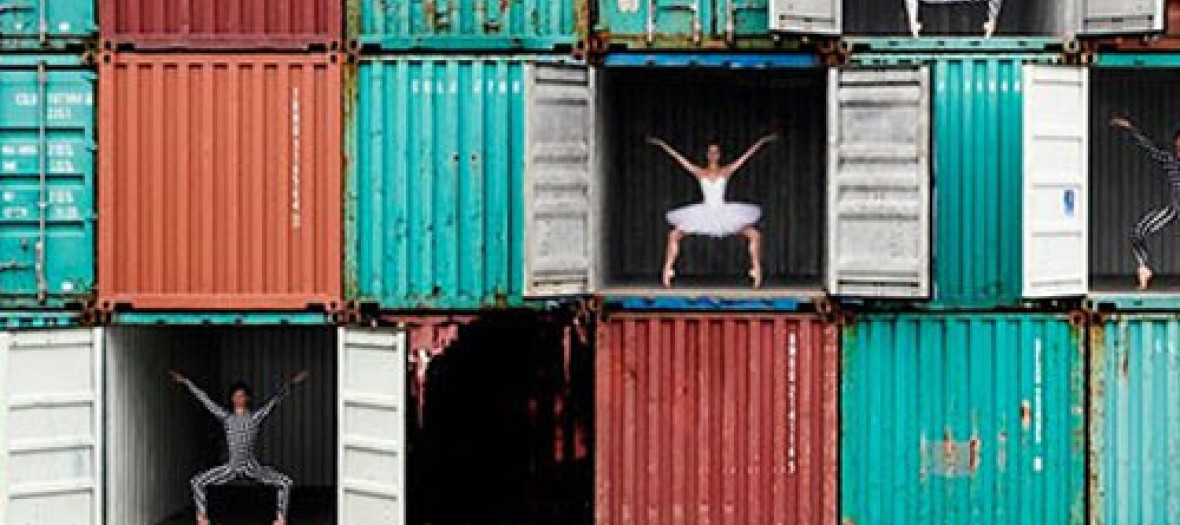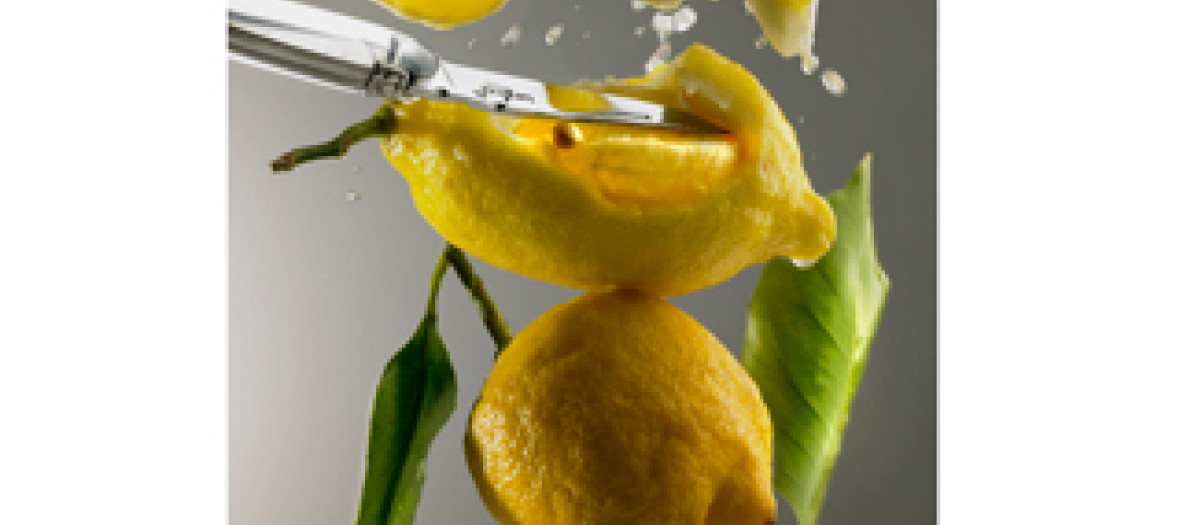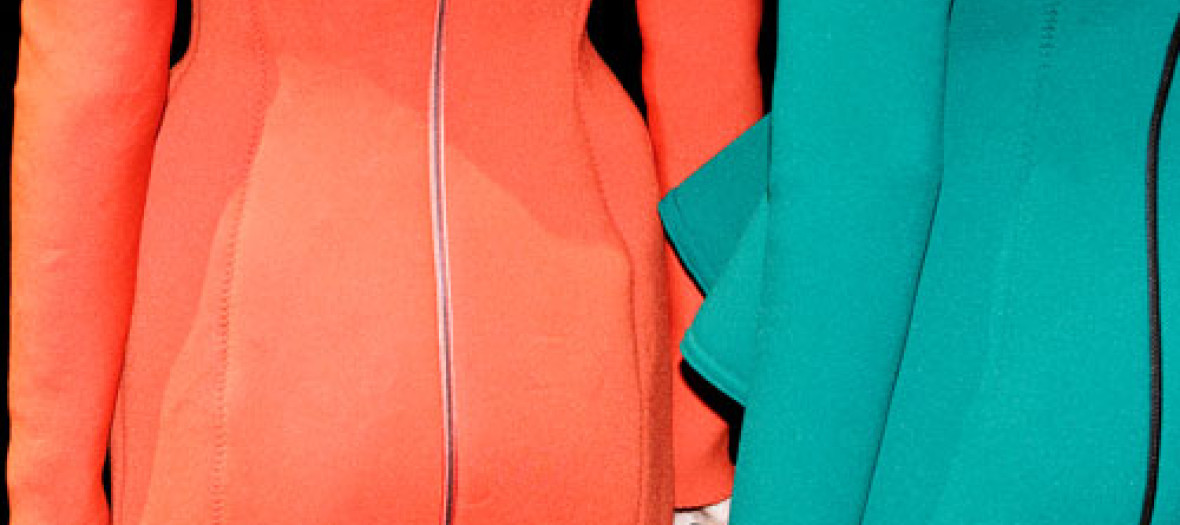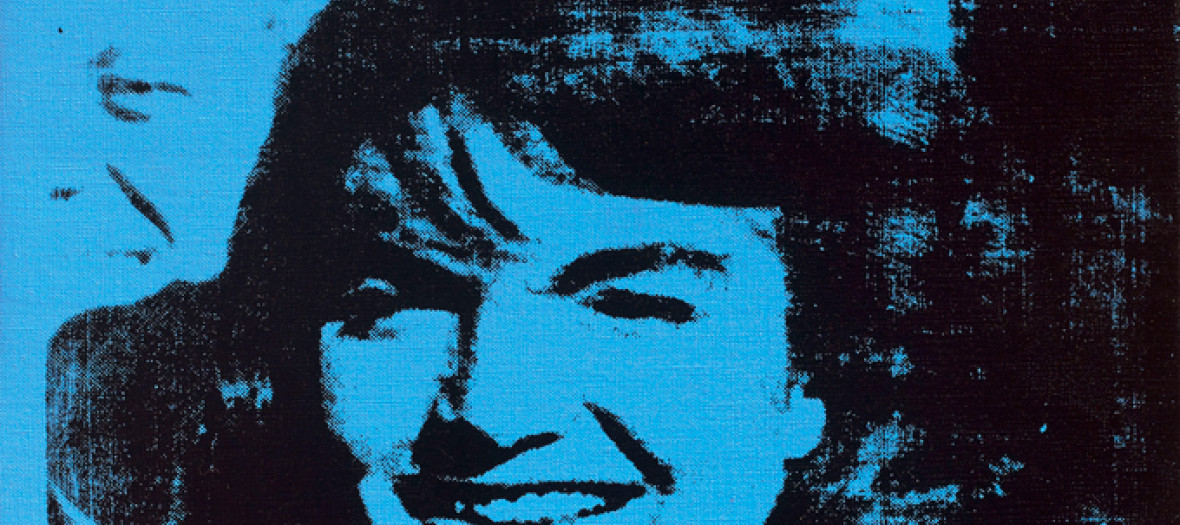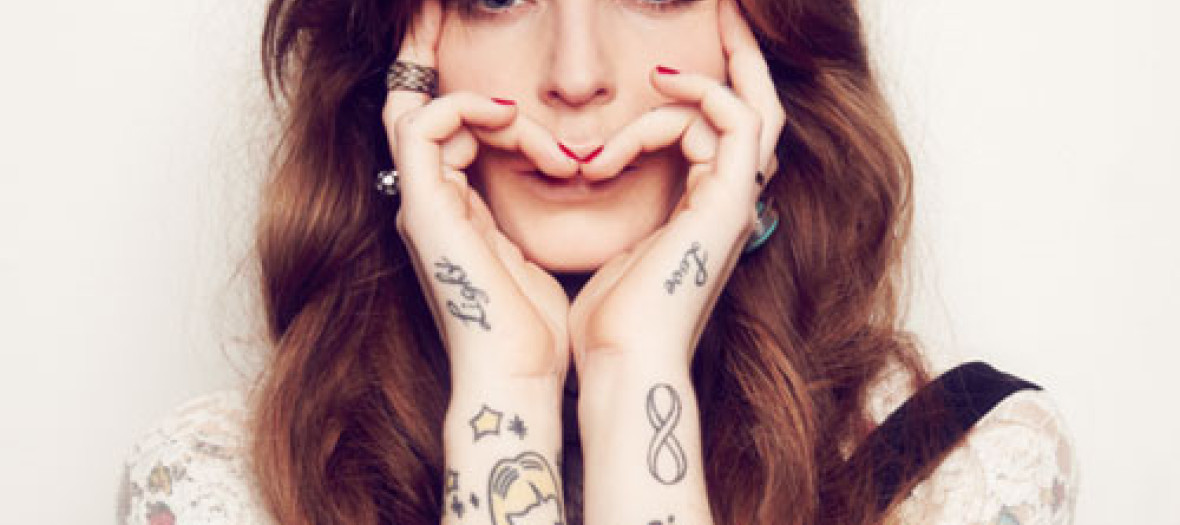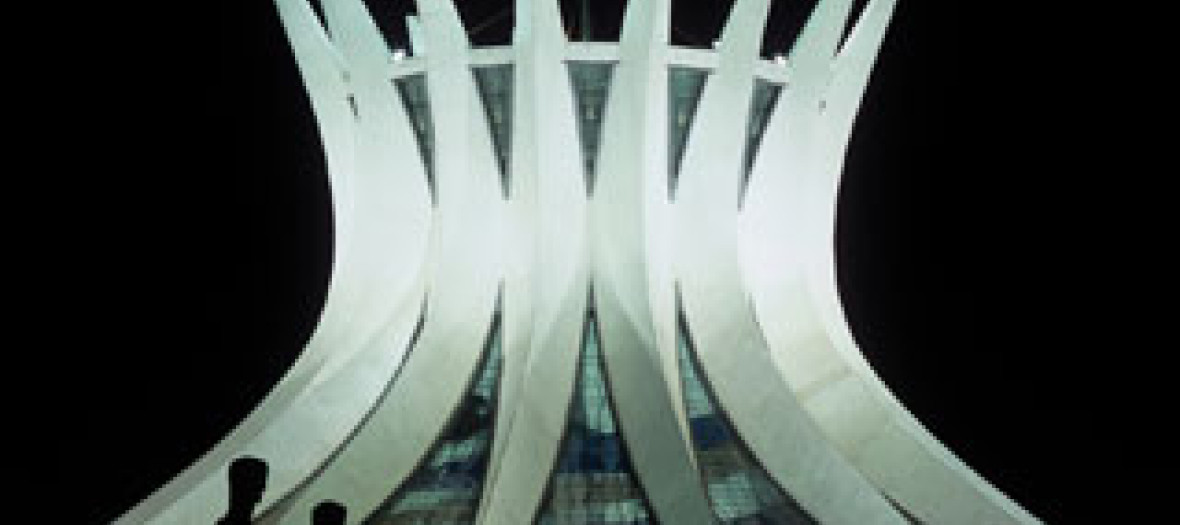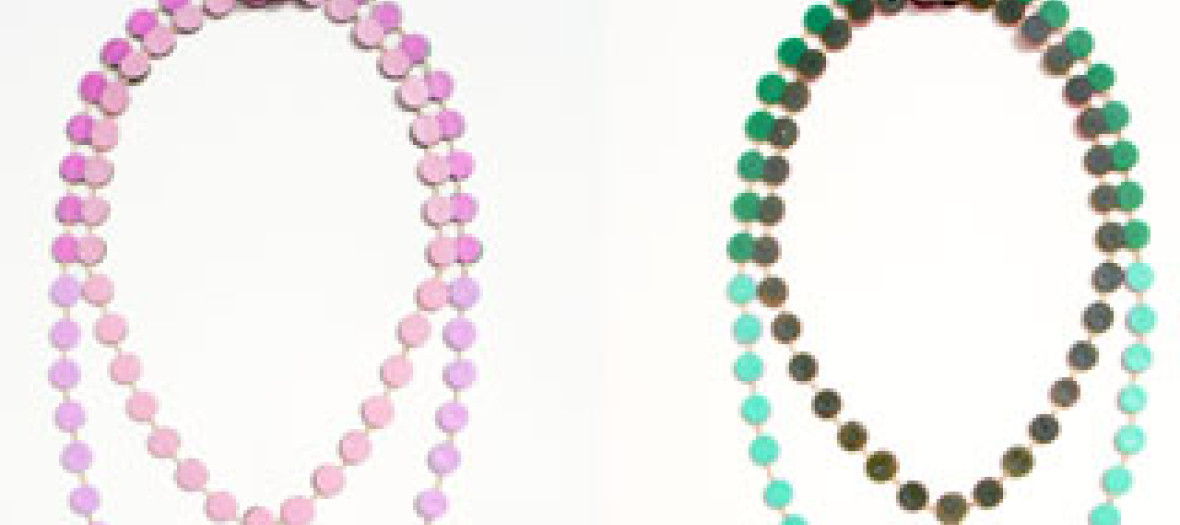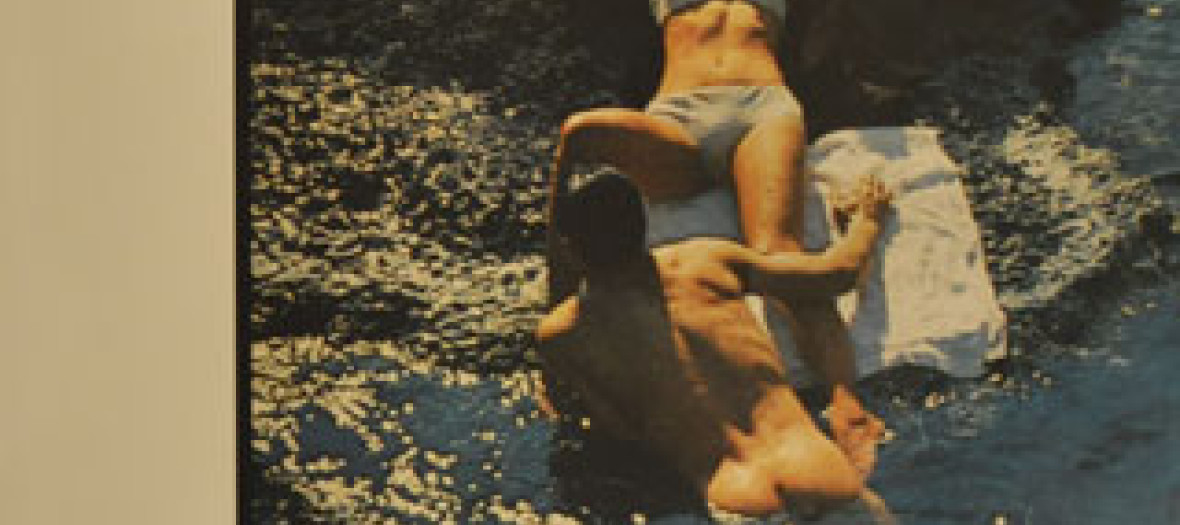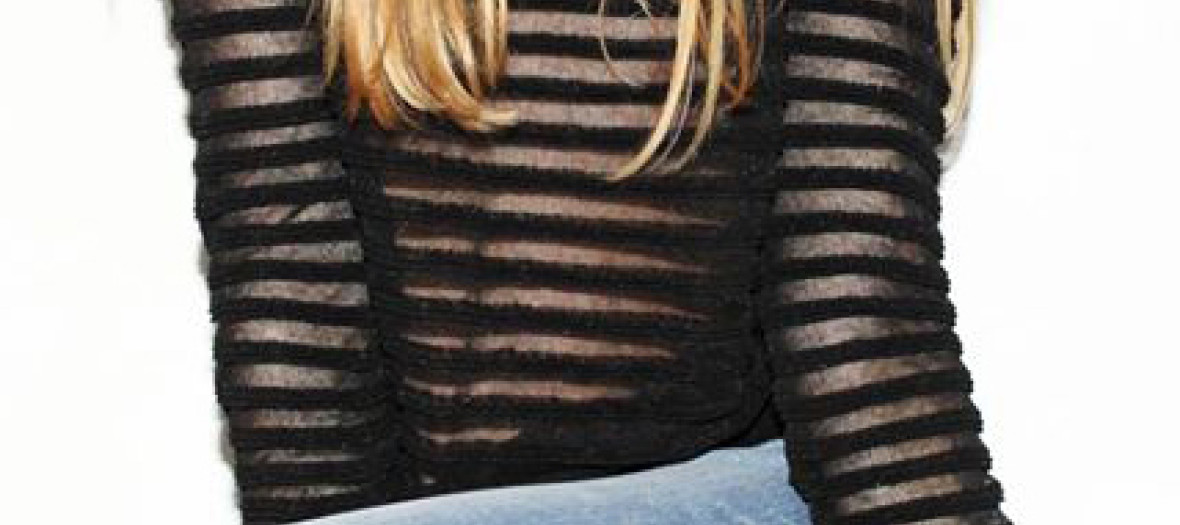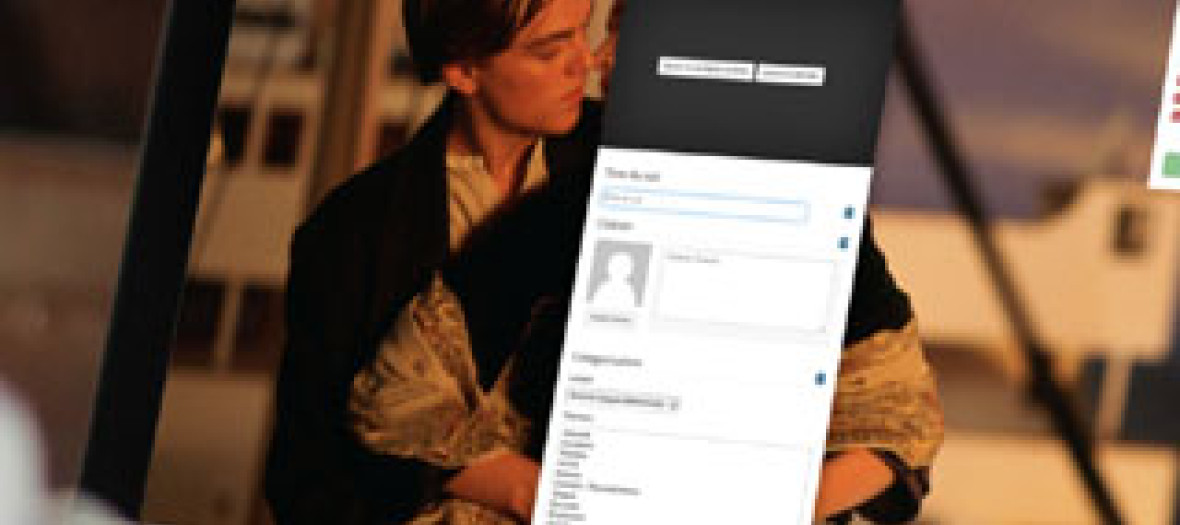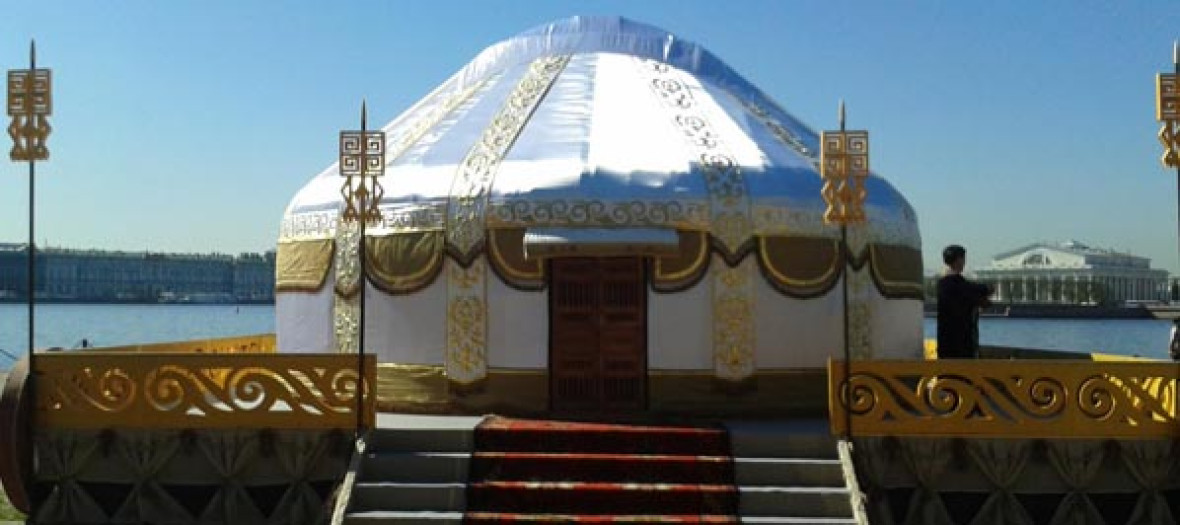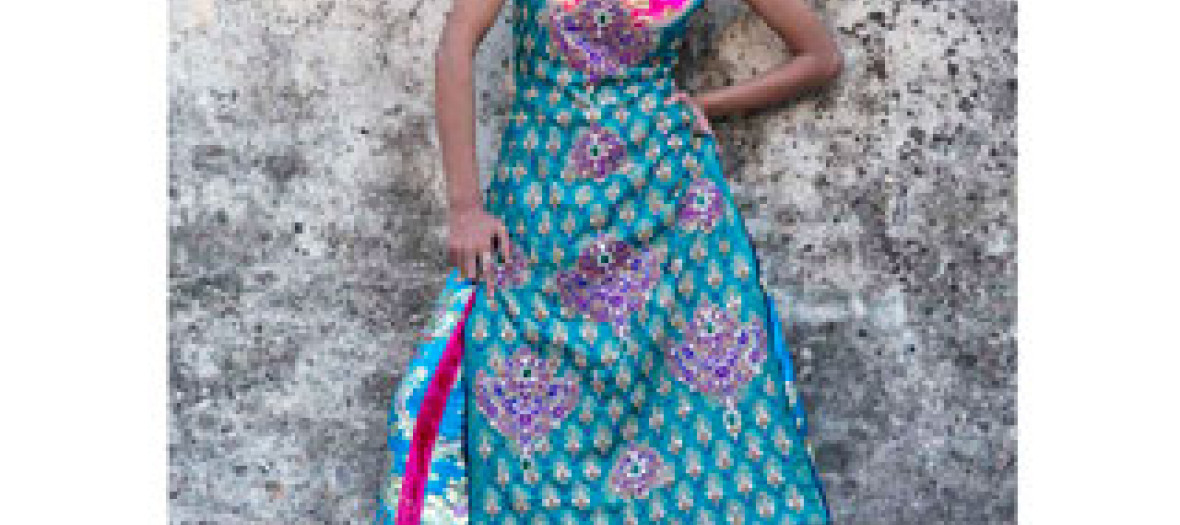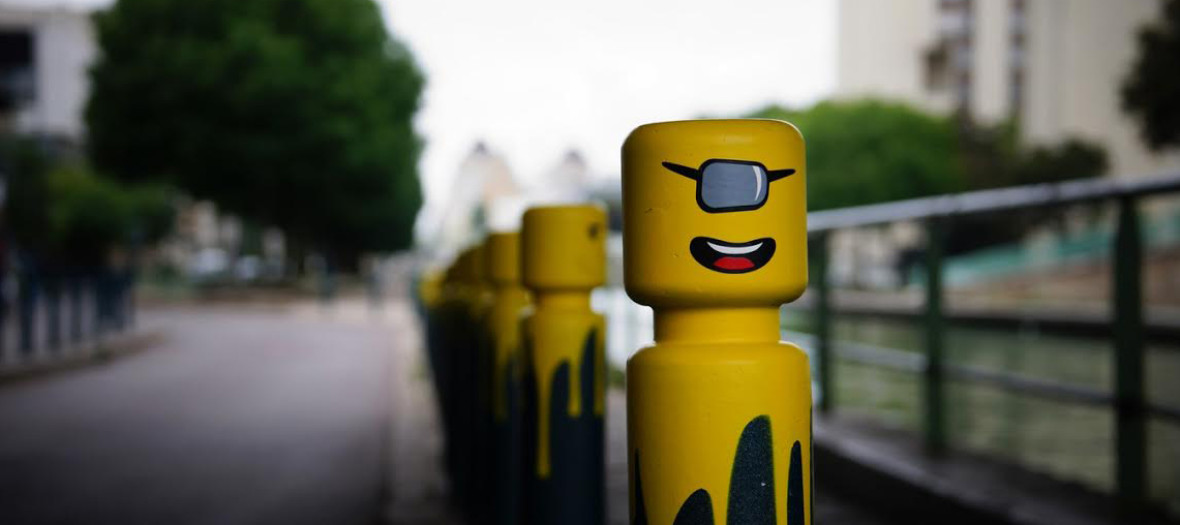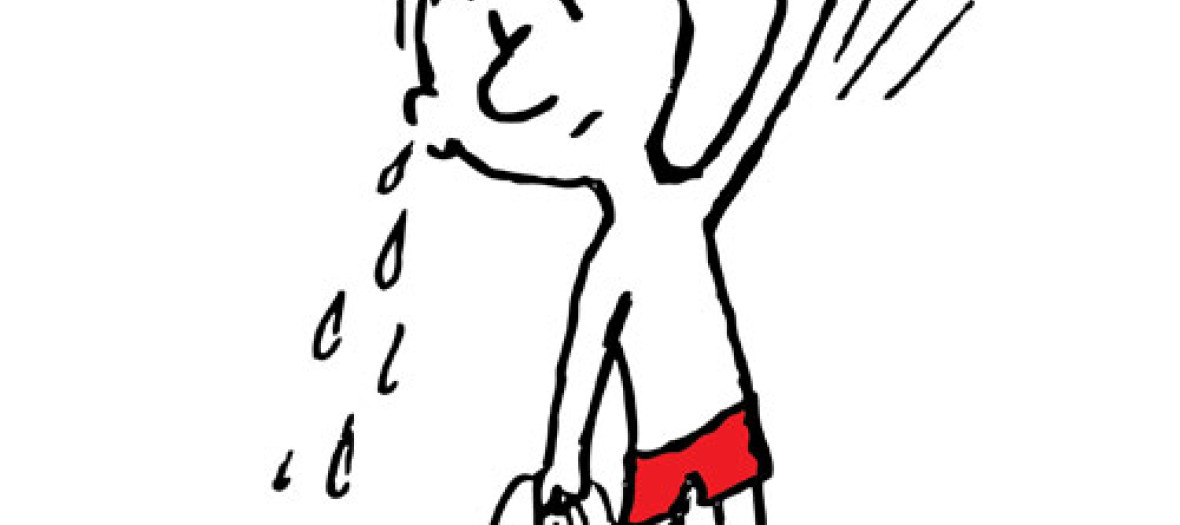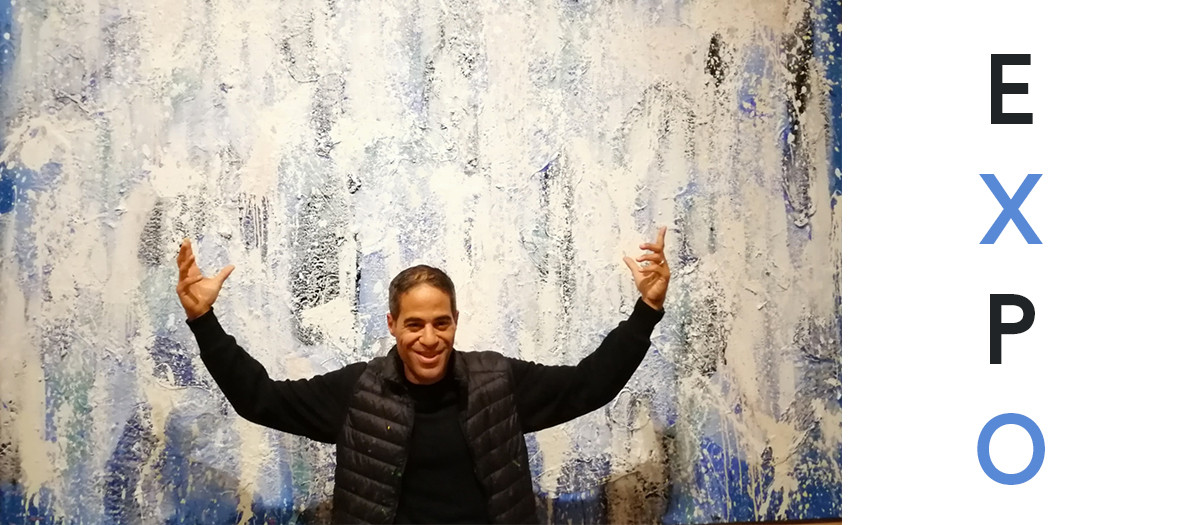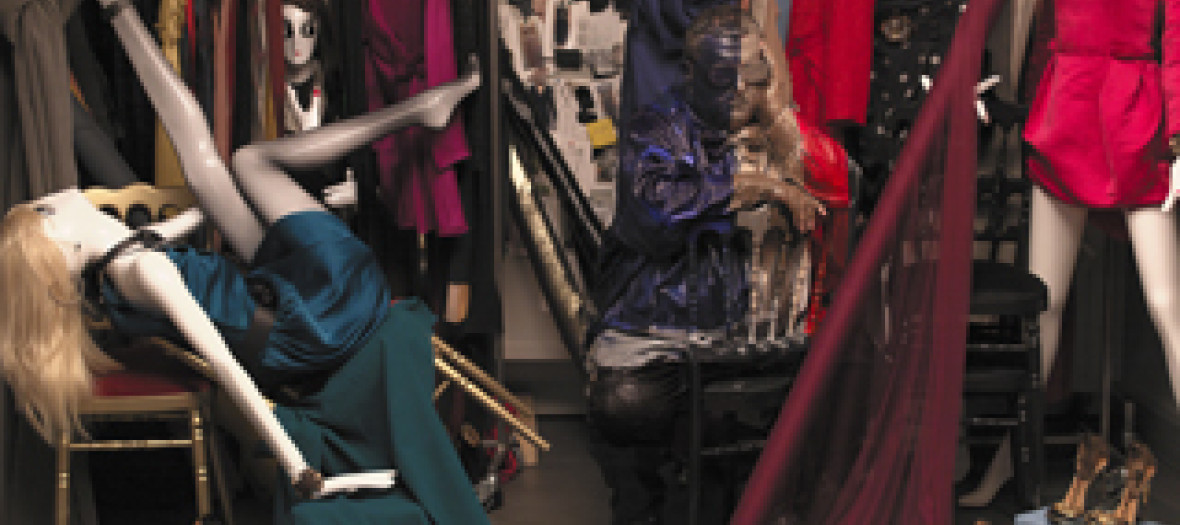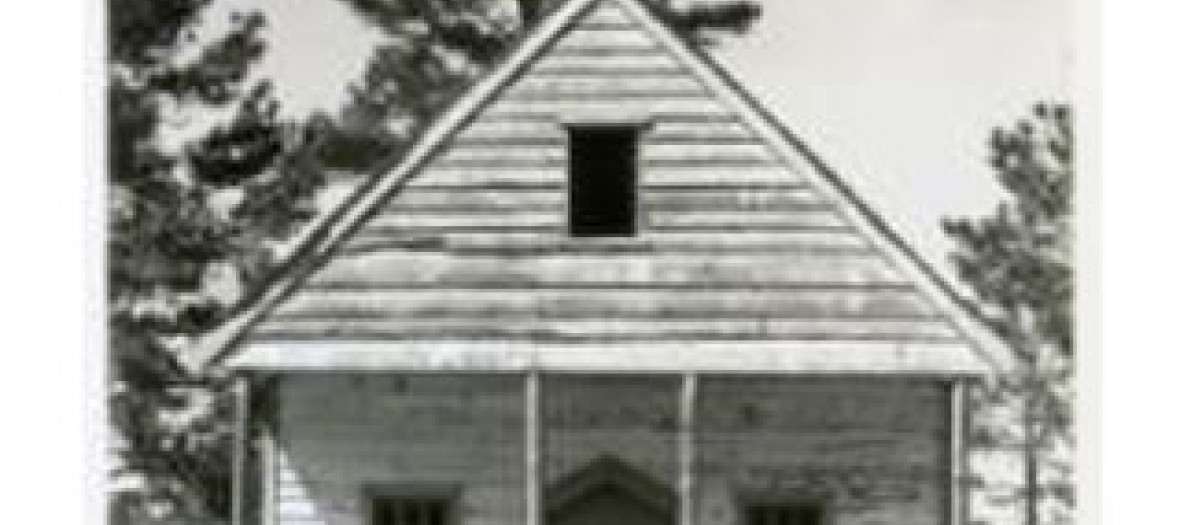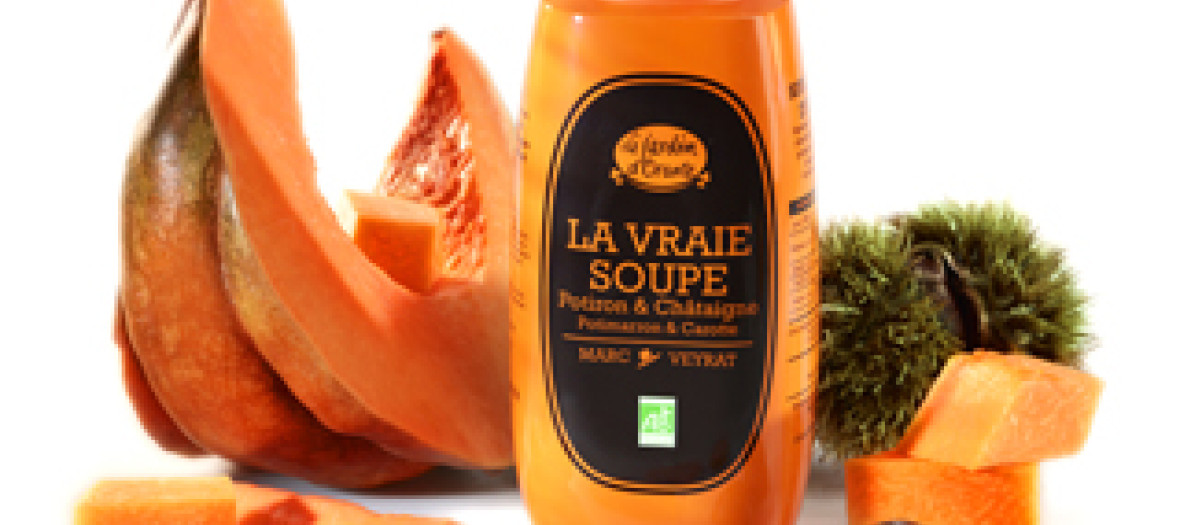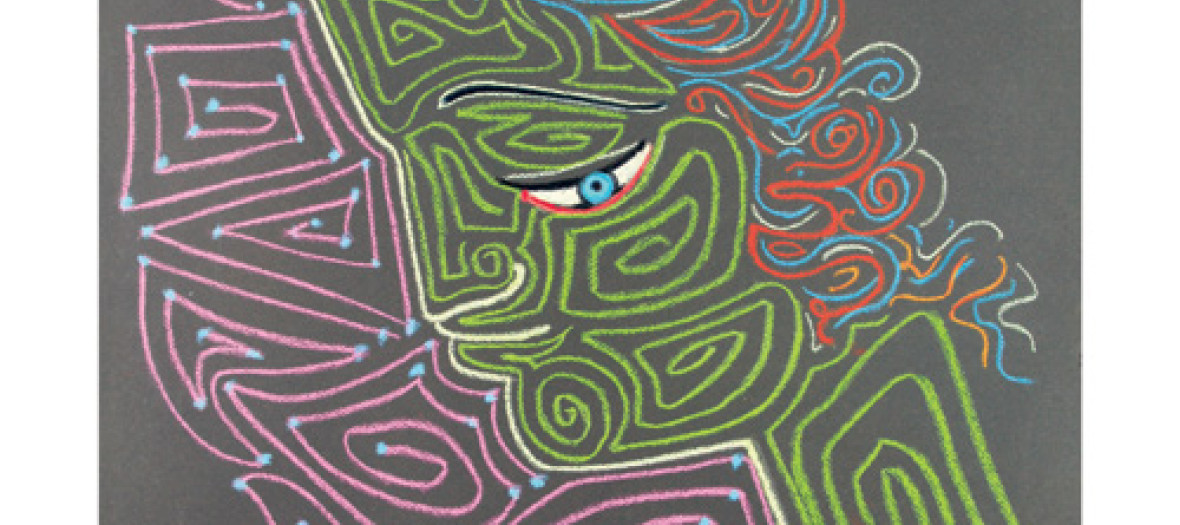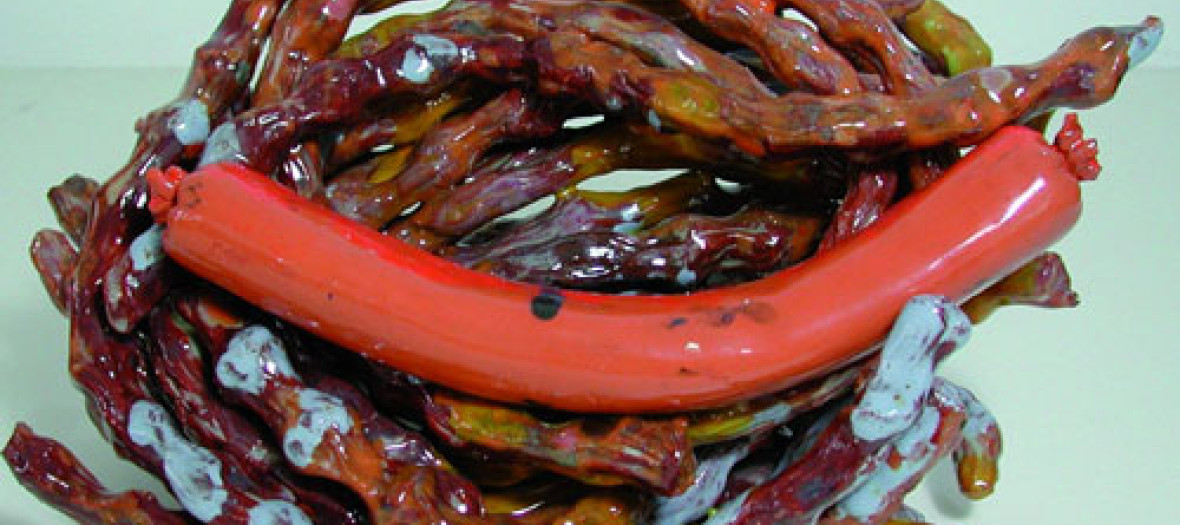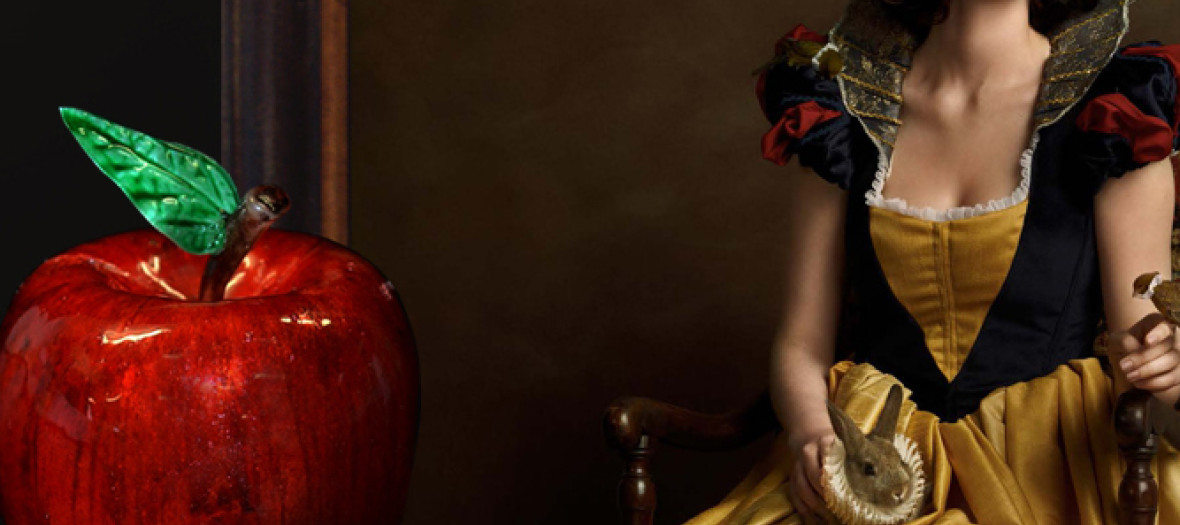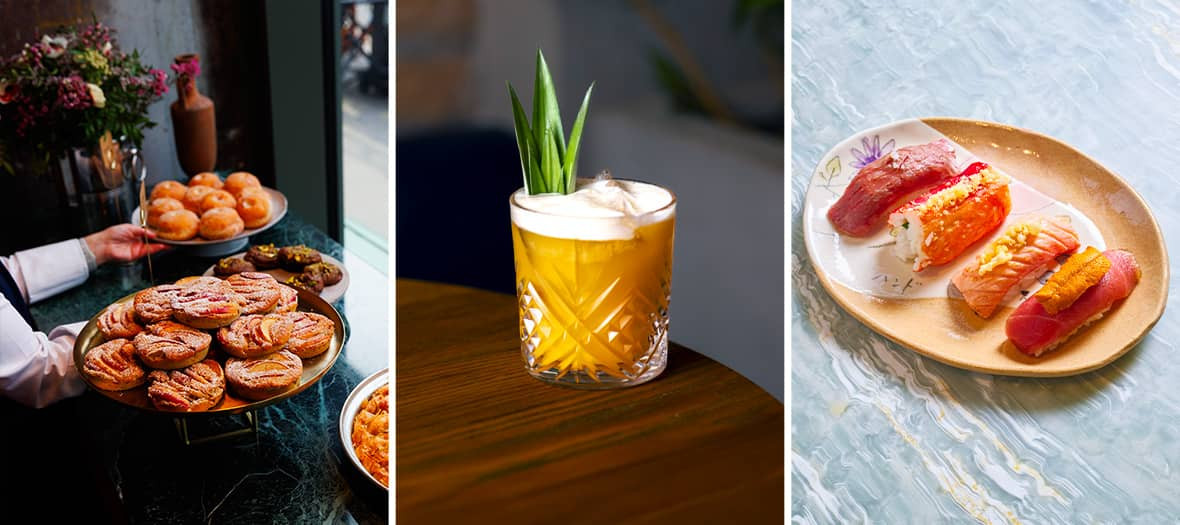© BPK, Berlin, Dist. RMN-Grand Palais / image Staatsgalerie Stuttgart
Step into the world of the Belle Époque and the Roaring Twenties! Following "Paris Romantique, 1815-1858" and "Paris 1900, la Ville spectacle", the Petit Palais unveils the dazzling exhibition "Le Paris de la modernité, 1905-1925", bringing together nearly 400 works by Pablo Picasso, Marc Chagall, Jean Cocteau, Robert and Sonia Delaunay, Paul Poiret, Man Ray, Henri Matisse, and more. All played a role in the artistic development of the capital during these two decades, marked by cultural, scientific, technological, and social upheavals, as well as the First World War. A true journey through time...
A Creative Frenzy

Paris is bubbling with creativity at the beginning of the 20th century. As the nerve center of art, the French capital attracts the greatest emerging artists who settle in the bohemian and affordable neighborhoods of Montmartre and later Montparnasse. They mingle, inspire each other, and give rise to several artistic movements in just 20 years!
The Petit Palais exhibition traces the creation of these major currents, starting with Fauvism led by Matisse. In 1911, Cubism arrives with Pablo Picasso, showcasing works like the Buste de femme or de marin. Futurism, arriving from Italy, makes its entry into Parisian salons with the vibrant and colorful works of Gino Severini, notably La danse du pan-pan au Monico. During the interwar period, Dadaism revolutionizes the scene, with Marcel Duchamp, inspired by his visit to the Salon de la locomotion aérienne, creating his famous Bicycle Wheel. Alongside him, Man Ray delves into Surrealism, photographing the sensual Violon d'Ingres. Ready to discover these gems?
Paris, Fashion Capital
Already considered a fashion hub, Paris welcomes new talents. Paul Poiret, who "liberated" women from corsets, founded his couture house in 1903. Inspired by surrounding art movements such as Fauvism and Orientalism, he eliminates restrictive frameworks, raises the waistline of his dresses to the chest, and favors fluid fabrics. Some of his creations – dresses, shoes, tunics, and harem pants – are exhibited at the Petit Palais.
Among women, Madeleine Vionnet and Jeanne Lanvin stand out during this era. Vionnet's bias-cut dresses adorned with gold and silver beads, and Lanvin's excessively voluminous skirts, reflect the spirit of the Roaring Twenties.
The Revelation of Joséphine Baker
Cabarets and theaters abound in the City of Light. After the Great War, their popularity only increases, a sign of the need to (re)live. Joséphine Baker steals the show! Fleeing segregation in the United States, she arrives in Paris in 1925 and takes the stage at the Théâtre des Champs-Élysées for the musical show La revue nègre. The American dancer and singer creates a sensation, rising to stardom and inspiring artists of the time: Cocteau sketches her portrait, Jean Dunand photographs her, and Kees van Dongen immortalizes her on canvas. We love the doll in her image, dressed in a pink feathered tutu and signed by Joséphine Baker herself! As the star of the Folies Bergères sang: "I have two loves, my country and Paris".
Le Paris de la modernité, 1905-1925, at the Petit Palais until April 14, 2024. Open from Tuesday to Sunday, from 10 am to 6 pm, and until 8 pm on Fridays and Saturdays.
© AKG images - ADAGP, Paris 2023 - Ville de Grenoble /Musée de Grenoble / J.L. Lacroix
Also, discover the upcoming candlelight concerts and what to watch in november on streaming platforms.







